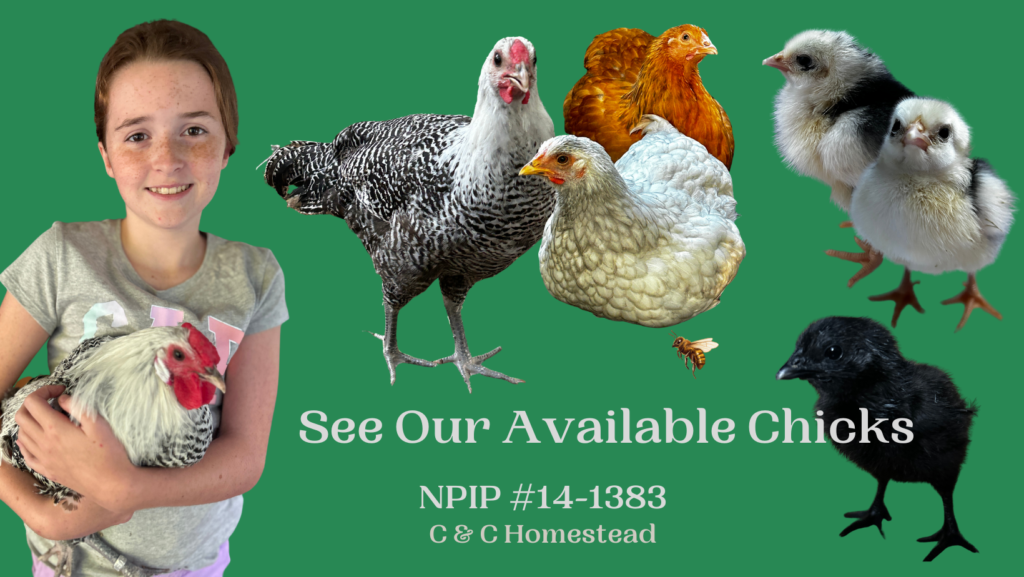Balancing Corporate & Homesteading Lifestyles
Why Are Your Hatching Eggs So Dirty? Causes and How to Prevent It

Hatching eggs can become dirty for several reasons, most of which are tied to the management and cleanliness of the nesting environment or the health and behavior of the laying hens. Dirty eggs not only reduce hatchability but also pose biosecurity risks by introducing harmful bacteria into the incubator. Here’s a detailed breakdown of why some hatching eggs are so dirty:
1. Dirty Nesting Boxes
The most common reason for dirty eggs is poorly maintained nesting boxes. If the boxes where hens lay their eggs are not cleaned regularly, they can quickly become contaminated with droppings, feathers, dirt, and even broken eggs. This can lead to:
- Droppings on Eggs: Hens may accidentally defecate in the nesting box or step in droppings before laying their eggs.
- Debris from Bedding: If bedding isn’t clean or replaced often, dirt, feathers, or old, soiled material can stick to the eggs.
Solution:
- Clean and replace nesting box bedding frequently (at least once a week or more if needed).
- Use absorbent materials like pine shavings, straw, or wood chips to keep nesting areas dry and reduce contamination.
2. Poorly Positioned or Inadequate Nesting Boxes
If nesting boxes are placed in high-traffic or dirty areas of the coop, eggs are more likely to get soiled. Additionally, if there aren’t enough nesting boxes, hens may feel crowded and lay their eggs on the floor, where they’re exposed to droppings, mud, and other debris.
Solution:
- Provide at least one nesting box for every 3-4 hens to reduce overcrowding and encourage hens to lay in clean areas.
- Position nesting boxes in a quiet, elevated, and clean part of the coop.
3. Floor-Laying Behavior
Hens sometimes lay their eggs on the floor instead of in nesting boxes. This is more common if nesting boxes are full, uncomfortable, or poorly located. Eggs laid on the floor are far more likely to get dirty from droppings, mud, or damp bedding.
Solution:
- Train hens to use nesting boxes by keeping them clean, comfortable, and accessible.
- Block off areas where floor-laying is common to encourage hens to use the nesting boxes.
4. Wet or Muddy Conditions
Wet conditions in and around the coop can lead to dirty eggs, especially if hens’ feet are muddy or damp when they enter the nesting box. Wet environments also promote bacterial growth, increasing the risk of contamination.
Solution:
- Keep the coop dry and ensure proper drainage to avoid water pooling near the nesting area.
- During rainy or snowy weather, provide a dry area for hens to walk before accessing nesting boxes.
5. Broody Hens Staying in the Nesting Boxes
When hens go broody (wanting to hatch eggs), they often spend extended periods in the nesting boxes. During this time, they may defecate in the box, causing a buildup of droppings that soil any newly laid eggs.
Solution:
- Monitor broody hens and move them to a separate brooding area if they’re not actively laying eggs.
- Clean nesting boxes more frequently if broody hens are present.
6. Overcrowding or Stress
Stress and overcrowding can lead to increased egg-laying behaviors in unsanitary locations or conditions. Hens may compete for nesting boxes, lay eggs in unusual places, or step on each other’s eggs, causing breakage and soiling.
Solution:
- Reduce stress by maintaining proper flock size and ensuring there are enough nesting boxes for all hens.
- Provide a calm, quiet environment for hens to lay their eggs.
7. Dirty Feet or Feathers on Hens
Hens with dirty feet or feathers can transfer dirt, droppings, and other contaminants directly to the eggshell when laying. This is more common in muddy conditions or when the coop isn’t cleaned regularly.
Solution:
- Regularly clean and maintain the coop and run to reduce dirt and droppings.
- Inspect your hens for dirty feathers or feet, and trim or clean as necessary to reduce the risk of contamination.
8. Broken Eggs in the Nesting Box
Occasionally, eggs may break in the nesting box due to overcrowding, weak shells, or rough handling by hens. The broken egg contents can stick to nearby eggs, causing them to become dirty and increasing the risk of bacterial contamination.
Solution:
- Collect eggs frequently (at least twice a day) to reduce the chance of breakage.
- Ensure hens have access to calcium-rich feed or supplements to promote strong shells.
9. Poor Health of the Flock
Unhealthy hens can produce dirty eggs, either through increased defecation in nesting areas or by laying eggs with abnormal or thin shells that are more prone to damage and contamination.
Solution:
- Keep your flock healthy with proper nutrition, clean water, and regular health checks.
- Vaccinate and treat for common diseases to ensure hens are in good condition.
10. Lack of Frequent Egg Collection
If eggs are left in the nesting box for too long, they are more likely to become dirty from droppings, mud, or other eggs. Frequent egg collection minimizes the time eggs are exposed to contaminants.
Solution:
- Collect eggs at least twice daily—once in the morning and once in the afternoon. During wet or muddy conditions, you may need to collect more often.
Why Dirty Eggs Are a Problem for Hatching
Dirty hatching eggs aren’t just unsightly—they pose significant risks to hatchability and chick health:
- Bacterial Contamination:
- Bacteria like E. coli or Salmonella can penetrate the porous eggshell, infecting the developing embryo and reducing hatch rates.
- Mold Growth:
- Damp, dirty eggs are more likely to grow mold, which can spread to other eggs in the incubator.
- Reduced Hatch Rates:
- Embryos in heavily soiled eggs are less likely to survive due to contamination or improper gas exchange.
Best Practices for Preventing Dirty Hatching Eggs
- Maintain Clean Nesting Boxes: Replace bedding regularly and keep boxes dry.
- Collect Eggs Frequently: Minimize exposure to dirt and contaminants.
- Inspect Eggs: Discard heavily soiled or cracked eggs to protect the rest of the batch.
- Train Hens: Encourage hens to lay in nesting boxes rather than on the floor.
- Manage the Coop Environment: Keep the coop and run clean, dry, and well-ventilated.
By taking proactive measures to maintain clean nesting areas and healthy hens, you can reduce the number of dirty eggs and improve your hatch rates, all while maintaining strong biosecurity for your flock. 🐔



